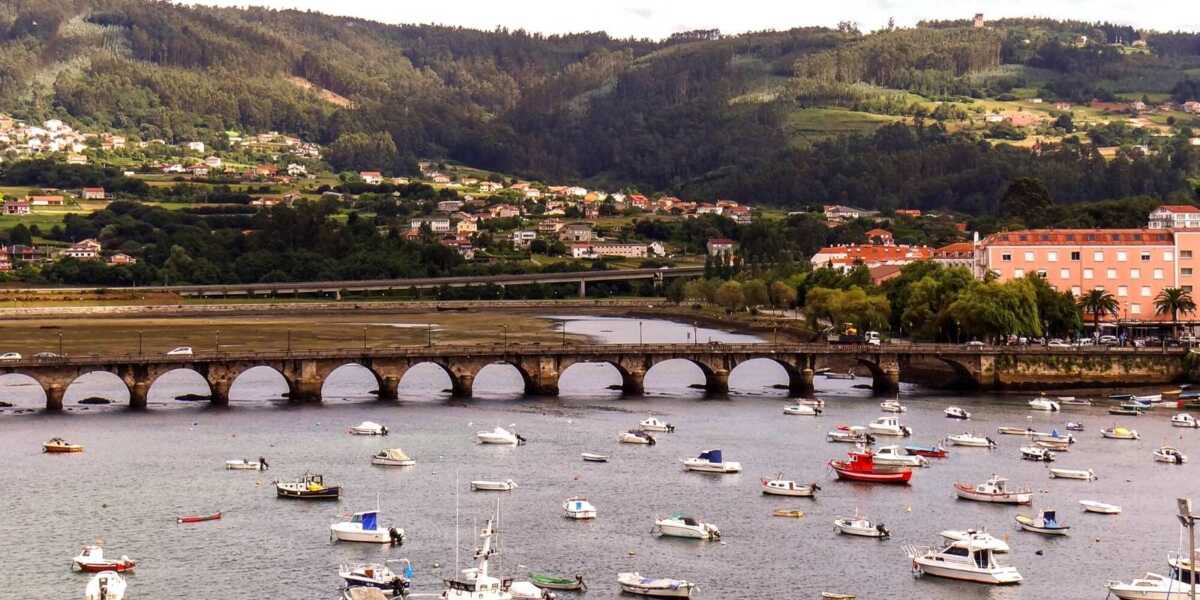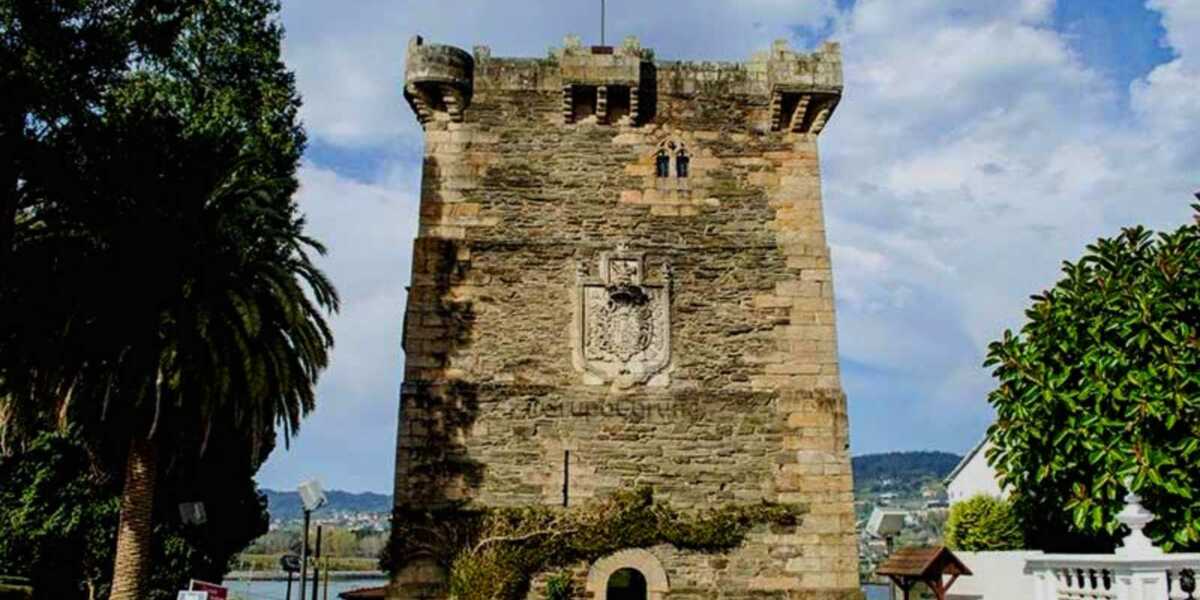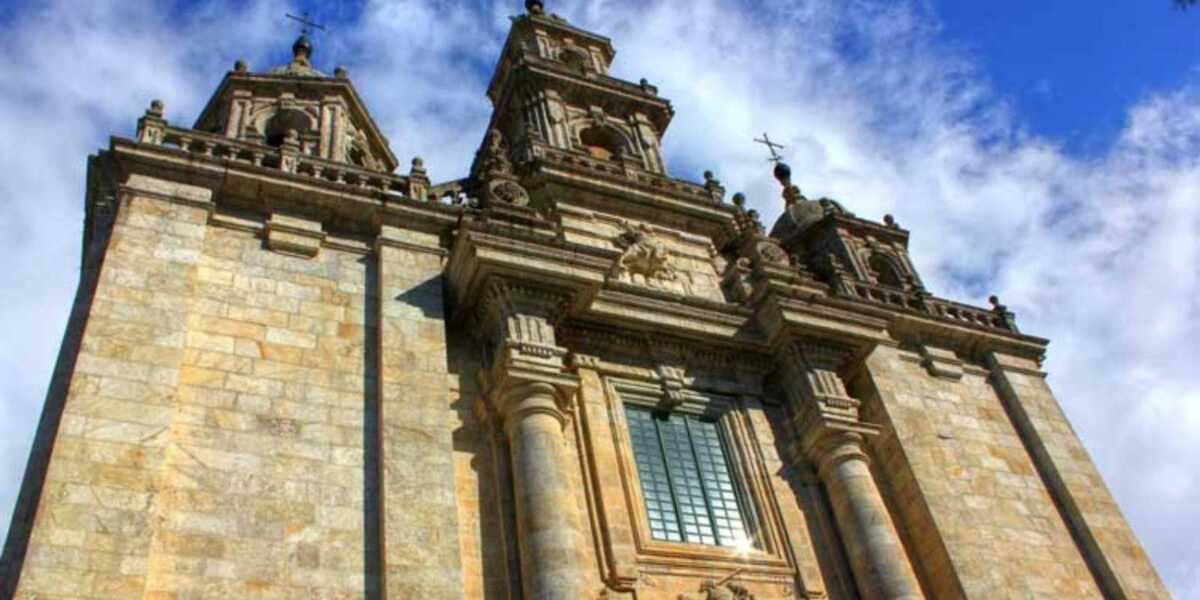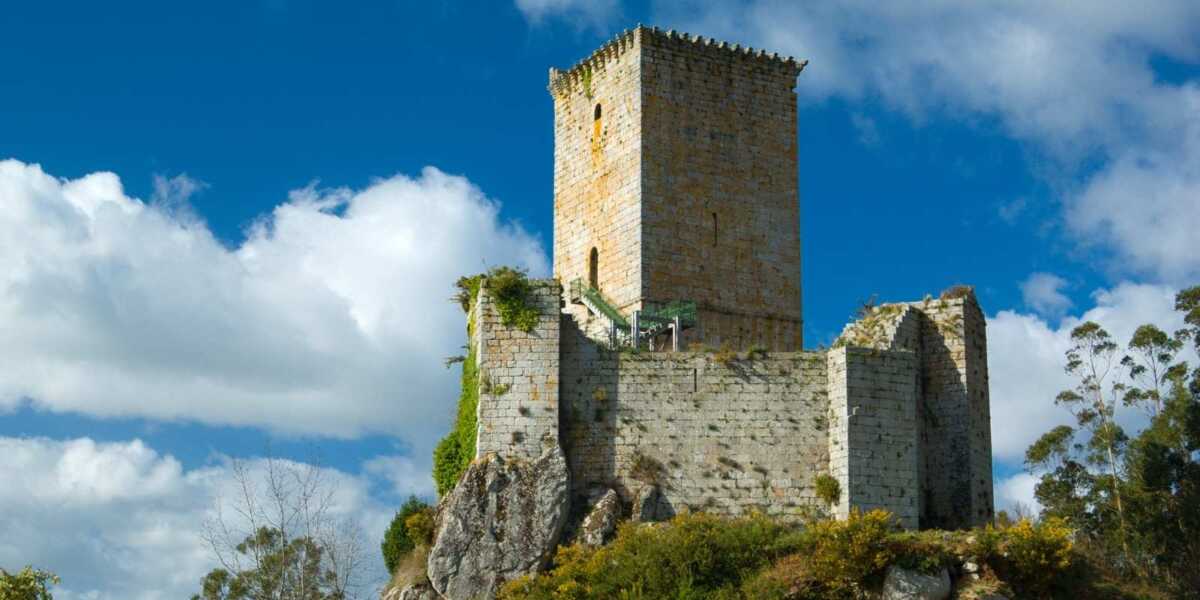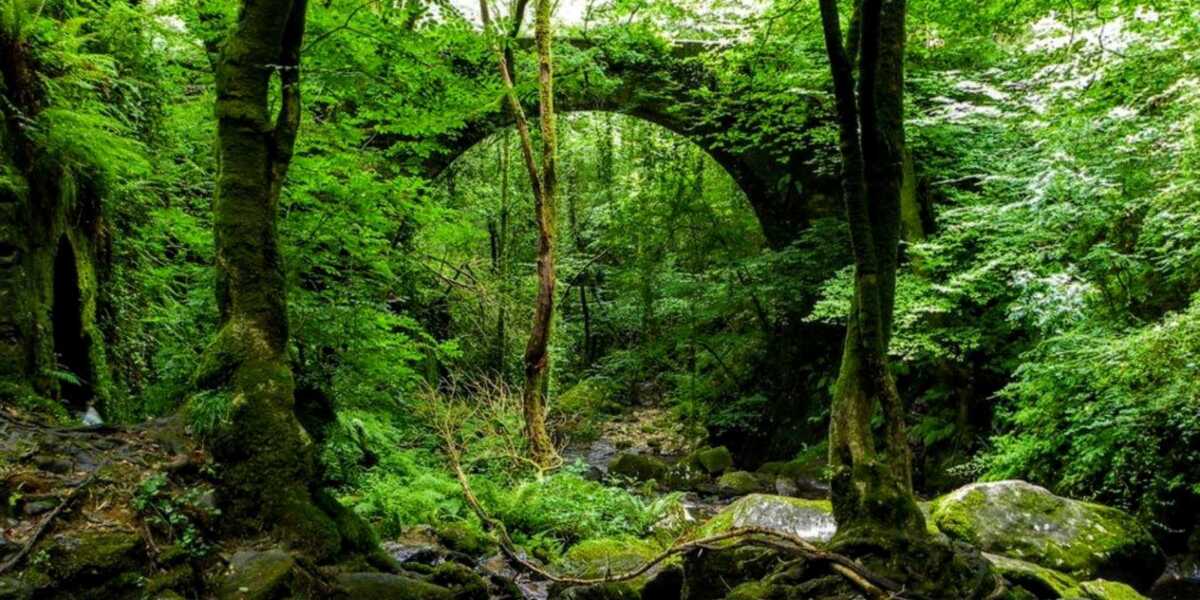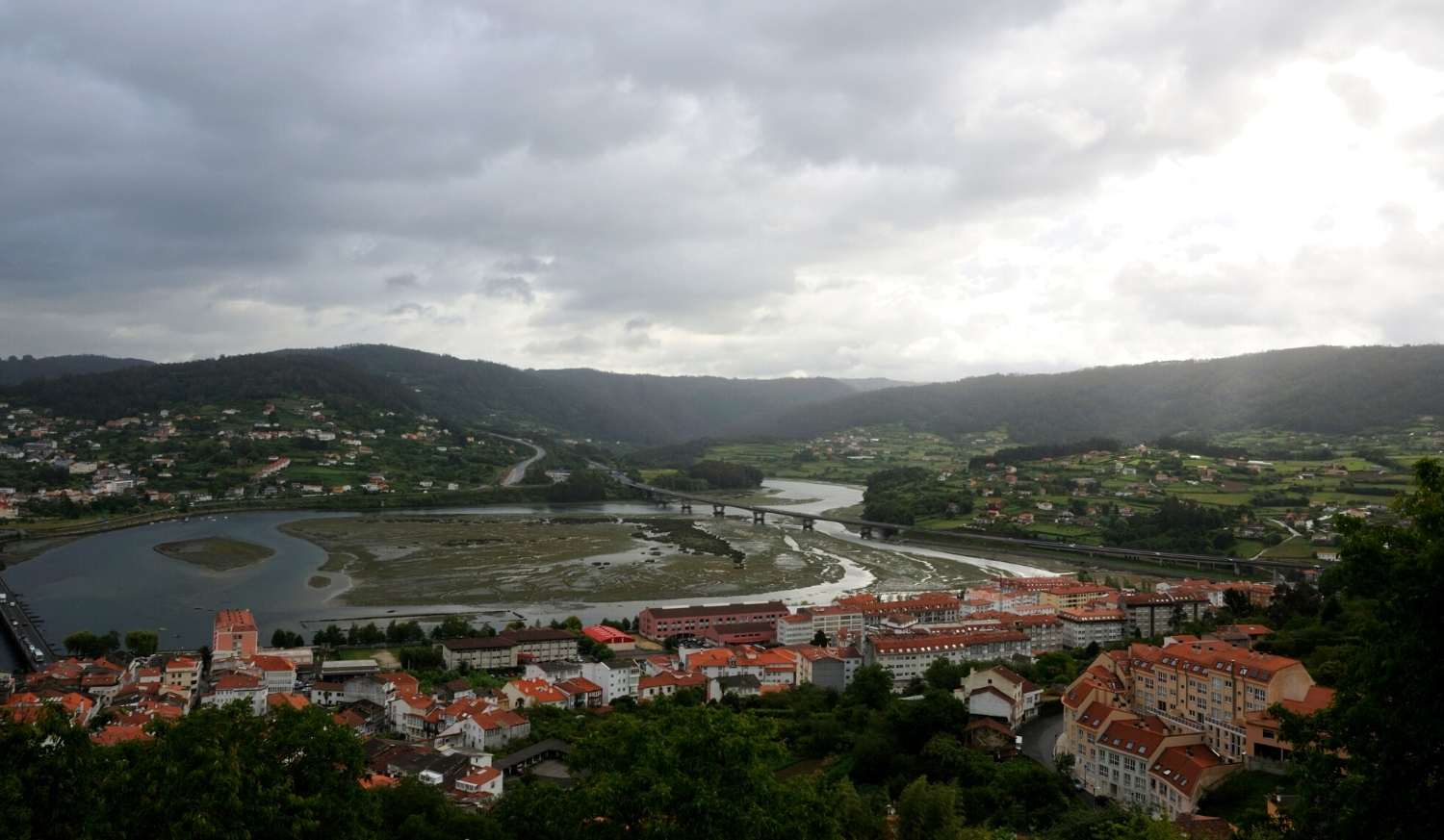
Information about Pontedeume
In the Rías Altas and at the foot of the river Eume we find the beautiful village of Pontedeume, which has all the requirements for an unforgettable visit: mountain, river and sea. With the Fragas do Eume as a flag and the Tower of the Andrade family as a sign of identity, this town offers a spectacular historical and natural heritage worth discovering.
What to see and do in Pontedeume
Old town
The old town of Pontedeume is full of traces of the past that make it fascinating and envelop the tourist in a halo of mysticism. The indelible mark of the Andrade family and the efforts of the Archbishop of Santiago, Bartolomé Rajoy y Losada, among others, have left in the town a series of monuments and spaces that must be visited. To walk around the old town and soak up all that history is to go back to the golden age of the town.
Stone Bridge
If there is one construction that stands out, it is the bridge that gives its name to the town. Rebuilt in 1863, it replaced an old Gothic bridge built by Fernán Pérez de Andrade “O Boo”, together with two towers, a chapel and a hospital for pilgrims. From the Gothic bridge today we can only appreciate the Bear and the Boar that are kept in the old Convent of St. Augustine and were part of the decoration of the arches.
Tower of the Andrade family
Tower of 18 meters high and 11,50 of side, today Tourist Office and Interpretation Center of the Andrade, is the last rest of the Pazo of the Andrade, that completed the walled enclosure of the Villa by its west part, was possibly built by Fernán Pérez de Andrade “O Boo” at the end of the 14th century.
Convent of San Agustin
Founded outside the walls of the Villa by Don Fernando de Andrade, in 1538, with the name of Sta. María de la Gracia,was closed in 1835 as a result of the disentailment laws. A wing of the Renaissance cloister is preserved from the time of the foundation, while the main façade today is Baroque, from the second half of the 18th century. Between 1842 and 1848 it was used as a barracks and school. In 1848 it was auctioned and passed into private hands, until in the eighties of the twentieth century it was acquired by the Villa, being converted into the House of Culture.
The church, which was not auctioned, was demolished in 1867 to open the Avenida de Rajoy, while the orchard was acquired in 1864 from the private individual who had bought it, becoming known as Alameda de Rajoy.
Pontedeume’s Wall
The wall, with 9 towers and 5 gates, stretched along the sea shore, bordered the pazo, went along the current streets of Picho and Tafona, and went down next to the convent of San Agustín, including the fountain inside the walled enclosure. Bordering the atrium of the church of Santiago, next to what was the Postigo gate, built in 1619, the base of the old wall is preserved.
Parish Church of Santiago
The main chapel with the old sacristy was ordered to be built by Don Fernando de Andrade in the first third of the 16th century. Covered with starred vault, in it, next to the seated Saint James of polychrome granite from the end of the 14th century, the Renaissance altarpiece stands out, made in 1530 and enlarged and gilded in 1564 by the immediate descendants of Don Fernando.
Pazo del Arzobispo Rajoy
It was ordered to be built in the second half of the 18th century by the Eumean archbishop Bartolomé Rajoy y Losada (1690-1772), in what was the house of his father, the apothecary Nicolás Rajoy. On the façade, typical elements of the Compostela school coexist with other new, more classicist, French-influenced elements. It is composed of a ground floor with arcades of thick pillars, two floors with balconies, crossed by pilasters of giant order and a top in comb that contains the shield of the Archbishop.
Andrade Castle
Outside the centre of the village we find the Castle of Andrade. It stands on the Peña Leboreira, in the parish of Nogueirosa, overlooking the mouth of the river Eume and the source of the Ares estuary. As it is only 3 kilometres in a straight line from Pontedeume, legend has it that there was a secret passage from the castle to the tower of the town, as the unevenness of the terrain prevents a direct path.
The construction of the castle of Andrade was carried out between 1369 and 1377 by order of Fernando Pérez de Andrade “o Boo”, on land taken from the monks of Sobrado.
Fragas do Eume
At 10 minutes by car from Pontedeume we find one of the best preserved Atlantic riverside forests in Europe. Within its 9,000 hectares of extension live less than 500 people, which gives an idea of the virgin state of these lush forests that follow the course of the river Eume.
The best way to get to know these forests is on foot, immersing ourselves in the deepest nature of Galicia through oaks, poplars, ash trees, ferns, lichens, rivers, fountains and waterfalls. The vegetation is so dense that it barely lets the sun’s rays through. It also holds an extraordinary surprise, the monastery of Caaveiro, an ancient monastery hidden in the heart of the park that has more than ten centuries of history and spectacular views of this magical place.

